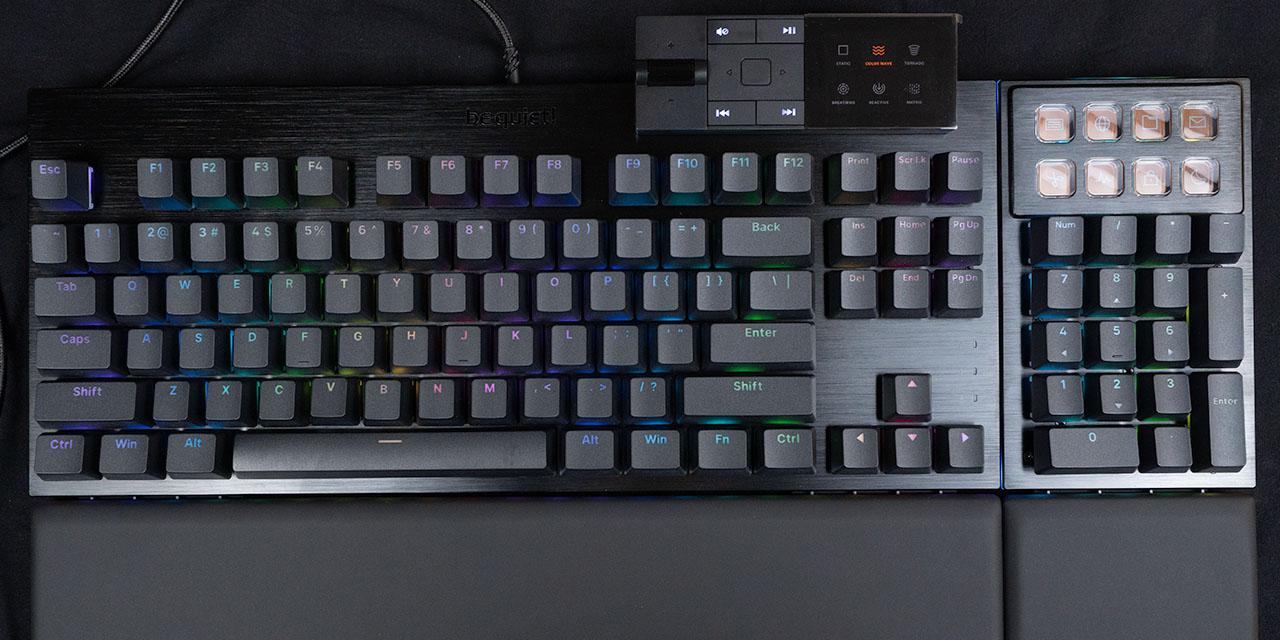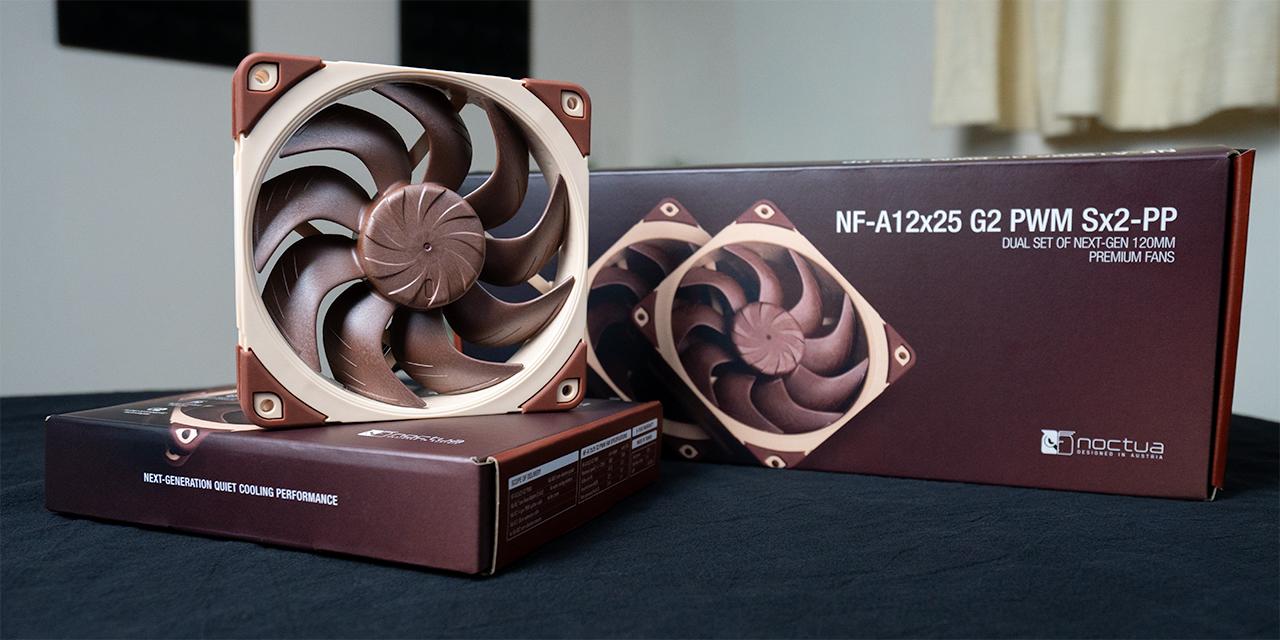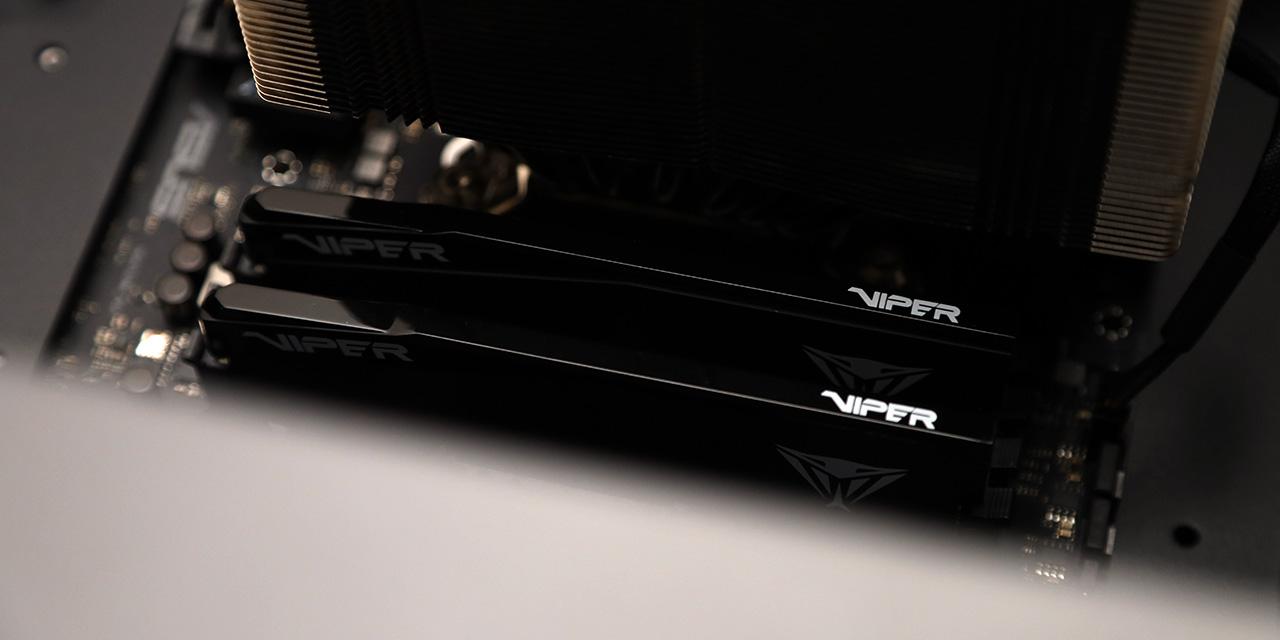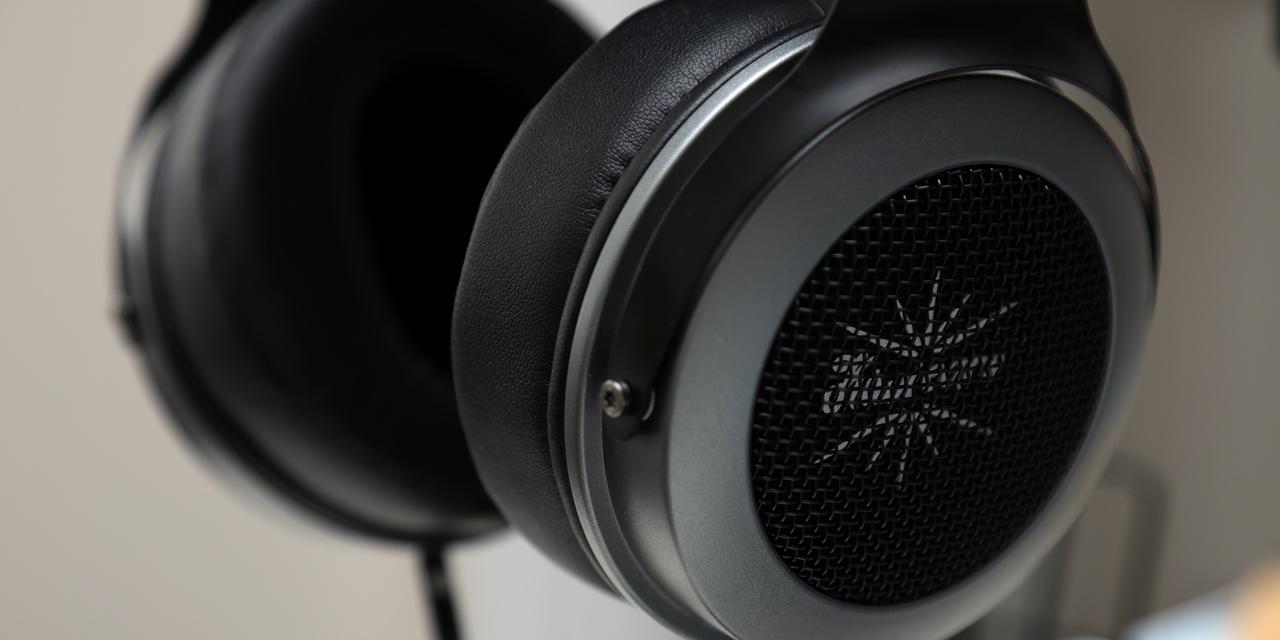Page 2 - Physical Look - Hardware

Guiding our attention first, we have all the components of the Maono WM620. The most eye-catching aspect is the lavender purple color. Describing colors in general can be tricky, but the photos provide a better idea. I have always wanted to see more colors variety on products, so it is nice to see this option. If you prefer a more conservative color, a black version is available. Both the microphones and receivers match in color with a metallic finish on the flat areas. Everything here is made out of plastic with a glossy finish, although the surface masks handling marks well. This is important for something that can be handled frequently. Inside the case, the components of the Maono WM620 have their own cutouts to keep everything secure. The two microphones are also held in place with magnets, and there are pogo pins underneath to charge them.
Each circular module of the Maono WM620 weighs approximately 11g, which is reasonable for its size. They measure approximately 36mm in diameter and 19mm in thickness, including the integrated clip on the back. The receiver that attaches to your phone weighs approximately 7g. This measures around 50mm long, 18mm wide, and 9mm thick. The width is technically greater due to the USB Type-C port, which extends out an additional 8mm, but this will be hidden once it is plugged into the phone. In addition to different color variants, Maono also offers a WM620 model with a Lightning connector for older Apple iPhones.

As for the inputs and outputs, each unit of the Maono WM620 has physical buttons. These are all located on the outer circumference of the microphones. Starting at the top, we have a 3.5mm jack for connecting a wired microphone, effectively doubling the module as a transmitter. Moving clockwise, there is a small opening for one of the internal mics. Next, we have two buttons, with one for mute and the other to turn on their "singing mode", which activates reverb. At the bottom, we have the second opening for the built-in microphone, followed by a USB Type-C input used either for charging or as a headphone monitor output. Finally, on the other side, we have two more buttons. One is for power and the other cycles between environment noise cancellation, or ENC, modes. The two ENC modes are "indoor" and "outdoor", varying the strength of the background noise cancellation. This button is marked with a different color and texture for easier identification. Note that the noise cancellation mode is synchronized across the two units, so you will not have one module with ENC active while the other one is not.
On the smoother facing side, there is a set of four lights to indicate different statuses. First, the battery icon shows when the device is powered on. It glows white during regular operation and flashes red when the battery level is low. Next, the sound wave icon shows when noise cancellation or mute is active. The eighth note icon shows when reverb is active by glowing white. Finally, we have a "TX" indicator that shows the connection to the device receiver. It flashes white repeatedly until connected, then stays illuminated as white. The flip side has the aforementioned integrated clip to attach to your article of clothing, but you can also use the included magnets for this purpose.
As for the receiver, there are several areas of interaction. First, there is a USB Type-C plug that extends out. It does not sit on a flexible joint, which could be a potential point of weakness. Around the edges, there is a USB Type-C input, allowing you to charge your device and use the WM620. Next, there is a darker purple button for noise cancellation or mute. Pressing it once cycles through the modes, while holding it toggles the mute function for both microphone units. There is also a four-position slider to choose between four gain levels. On the right side we have a 3.5mm audio jack for monitoring the input. As for the lights, they are all found above the large "Maono" logo. The first two are marked "TX1" and "TX2" to display if one or two microphones are connected, respectively. There is also a sound wave icon which works the same as described earlier to indicate noise cancellation or mute. Finally, there is a working status light that flashes when the microphone is in use. This is not an activity light, as it only flashes when recording.

The case of the Maono WM620 comes in the same color as the individual components. It measures approximately 86mm in length, 77mm in width, and 31mm in height, and it weighs 73g on its own. There is a button on the front to release the spring-loaded top. Underneath, there are four white LED lights to show the battery status. This will illuminate when you place either microphone unit inside or when the case is plugged in for charging. Speaking of charging, the back of the case has a USB Type-C port. At the bottom, there are four rubber feet to keep the case from moving around.
Internally, the Maono WM620 maintains a 2.4GHz wireless connection between the receiver and the microphones. Maono claims a 100m line-of-sight connection, and in our testing, this held true as we achieved significant distance away from the receiver without losing connection. Each module is powered by a 95mAh battery and an additional 500mAh in the case extends the power. According to Maono, you can expect six hours of use from the microphones and an additional twelve hours from the case. Our testing confirmed these claims, with results closely matching the stated run times. Regarding audio quality, Maono specifies a recording resolution of 16-bit at a 48kHz sampling rate. They have a sensitivity rating of -11.3dBFS, or decibels to full-scale, and can handle sound pressure levels up to 125dB.
Page Index
1. Introduction, Packaging, Specifications
2. Physical Look - Hardware
3. Recording Performance Tests
4. Conclusion





